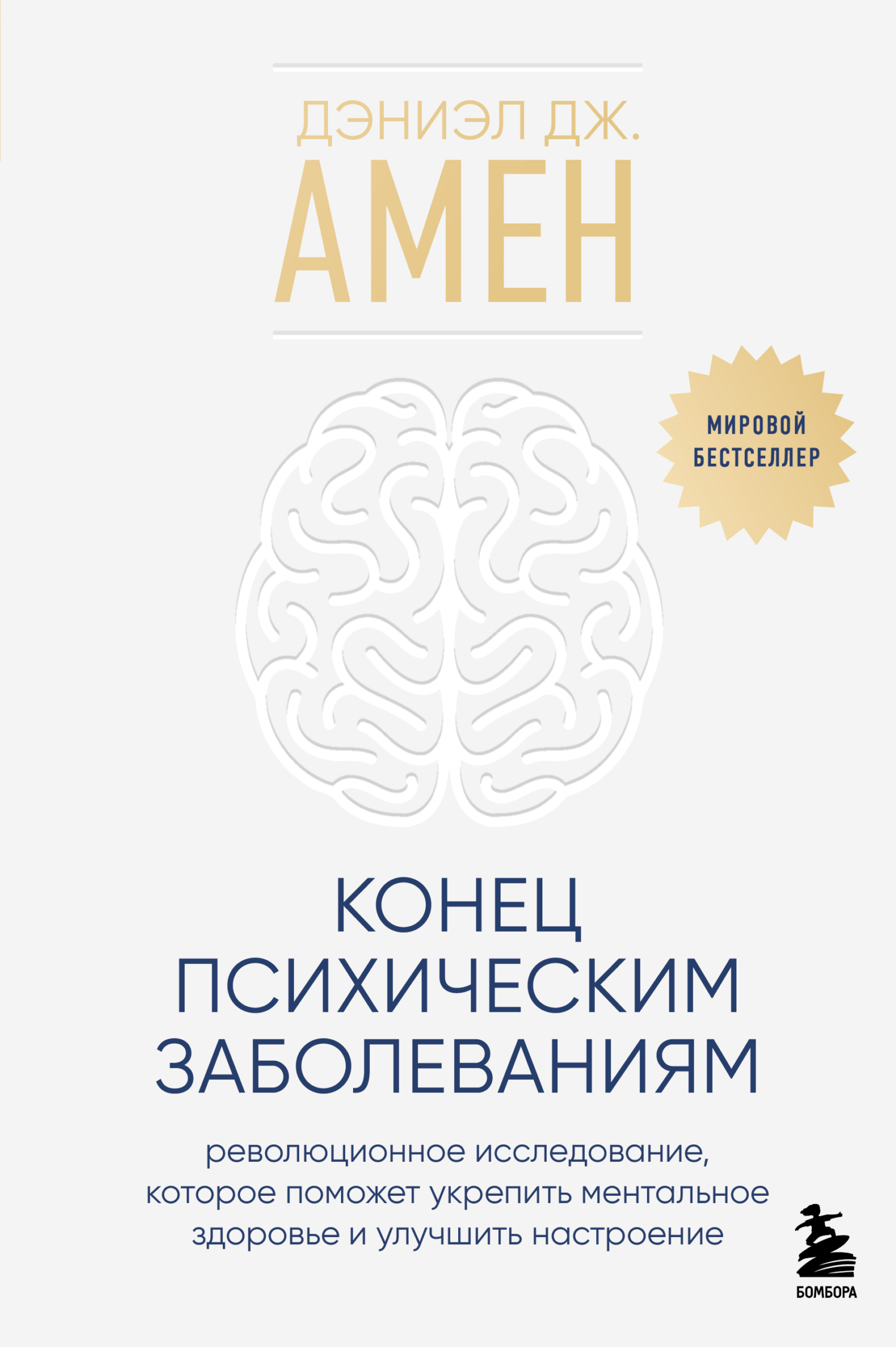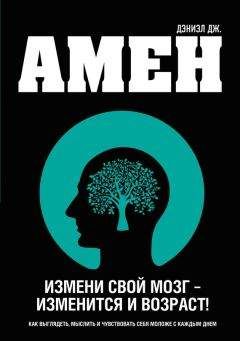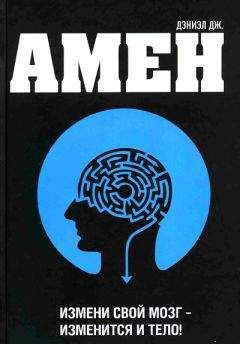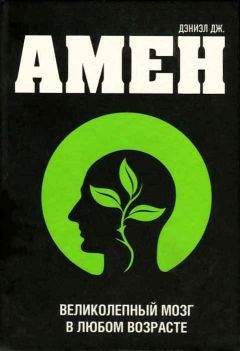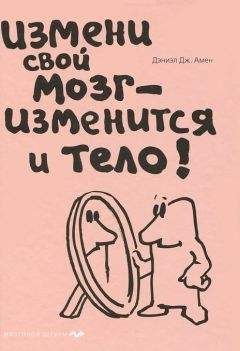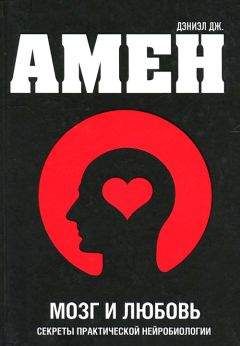U.S.,” September 27, 2016, https://www.bcbs.com/the-health-of-america/reports/the-steep-rise-concussion-diagnoses-the-us.
Daniel G. Amen, Memory Rescue (Carol Stream, IL: Tyndale, 2017), 124-25.
Alana Semuels, “The White Flight from Football,” Atlantic, February 1, 2019, www.theatlantic.com/health/archive/2019/02/football-white-flight-racial-divide/581623/.
“DoD Worldwide Numbers for TBI,” Defense and Veterans Brain Injury Center, July 7, 2019, http://dvbic.dcoe.mil/dod-worldwide-numbers-tbi.
A. L. Zaninotto et al., “Updates and Current Perspectives of Psychiatric Assessments after Traumatic Brain Injury: A Systematic Review,” Frontiers in Psychiatry 7 (June 14, 2016): 95.
R. J. Schachar et al., “Mental Health Implications of Traumatic Brain Injury (TBI) in Children and Youth,” Journal of Canadian Academy of Child and Adolescent Psychiatry 24, no. 2, (Fall 2015): 100–108.
Daryl and Daniel C. Fujii, “Psychotic Disorder Due to Traumatic Brain Injury: Analysis of Case Studies in the Literature,” Journal of Neuropsychiatry and Clinical Neurosciences 24, no. 3 (Summer 2012): 278-89.
G. J. McHugo et al., “The Prevalence of Traumatic Brain Injury among People With Co-Occurring Mental Health and Substance Use Disorders,” Journal of Head Trauma Rehabilitation 32, no. 3 (May/June 2017): E65-E74.
Jessica L. Mackelprang et al., “Adverse Outcomes among Homeless Adolescents and Young Adults Who Report a History of Traumatic Brain Injury,” American Journal of Public Health 104, no. 10 (October 2014): 1986-92.
Там же.
Schachar et al., “Mental Health Implications of Traumatic Brain Injury (TBI).”
R. Lajiness-O’Neill et al., “Memory and Learning in Pediatric Traumatic Brain Injury: A Review and Examination of Moderators of Outcome,” Applied Neuropsychology 17, no. 2 (April 2010): 83–92.
G. J. McHugo et al., “The Prevalence of Traumatic Brain Injury among People with Co-Occurring Mental Health and Substance Use Disorders,” Journal of Head Trauma Rehabilitation 32, no. 3 (May/June 2017): E65-E74.
R. C. Gardner et al., “Dementia Risk after Traumatic Brain Injury vs Nonbrain Trauma: The Role of Age and Severity,” JAMA Neurology 17, no. 12 (December 2014): 1490-97.
V. Rao et al., “Aggression after Traumatic Brain Injury: Prevalence and Correlates,” Journal of Neuropsychiatry and Clinical Neurosciences 21, no. 4 (2009): 420-29.
J. Topolovec-Vranic et al., “Traumatic Brain Injury among People Who Are Homeless: A Systematic Review,” BMC Public Health 12 (December 2012): 1059.
Mackelprang, “Adverse Outcomes among Homeless Adolescents,” 1986-92.20. P. J. Schechter and R. I. Henkin, “Abnormalities of Taste and Smell after Head Trauma,” Journal of Neurology, Neurosurgery, and Psychiatry 35, no. 7 (1974): 802-10.
“One in Four Prisoners Have Suffered Traumatic Brain Injury, Study Finds,” Glasgow Live, January 18, 2019, www.glasgowlive.co.uk/news/glasgow-news/ one-four-prisoners-suffered-traumatic-15695721.
Brian Im et al., “TBI and Incarceration,” American Psychological Association, December 2014, www.apa.org/pi/disability/resources/publications/newsletter/2014/12/incarceration.
Jennifer Bronson et al., “Veterans in Prison and Jail, 2011–2012,” Bureau of Justice Statistics, December 7, 2015, https://www.bjs.gov/index.cfm?ty=pbdetail&iid=5479.
задаю эти вопросы всем моим пациентам. Обзор их ответов можно найти в моей книге «Спасение памяти» (Memory Rescue, 134).
Daniel F. Mackay et al., “Neurodegenerative Disease Mortality among Former Professional Soccer Players,” New England Journal of Medicine (October 21, 2019), https://doi:10.1056/NEJMoa1908483.
“Fighting in Ice Hockey,” Wikipedia, June 12, 2019, en.wikipedia.org/wiki/Fighting_in _ice_hockey.
H. Ling et al., “Mixed Pathologies Including Chronic Traumatic Encephalopathy Account for Dementia in Retired Association Football (Soccer) Players,” Acta Neuropathologica 133, no. 3 (March 2017): 337–352.
T. Surmeli et al., “Quantitative EEG Neurometric Analysis-Guided Neurofeedback Treatment in Postconcussion Syndrome (PCS): Forty Cases. How Is Neurometric Analysis Important for the Treatment of PCS and as a Biomarker?” Clinical EEG and Neuroscience 48, no. 3 (June 27, 2016): 217-30.
E. J. Cheon et al., “The Efficacy of Neurofeedback in Patients with Major Depressive Disorder: An Open Labeled Prospective Study,” Applied Psychophysiology and Biofeedback 41, no. 1 (March 2016): 103-10.
V. Meisel et al., “Neurofeedback and Standard Pharmacological Intervention in ADHD: A Randomized Controlled Trial with Six-month Follow-up,” Biological Psychology 94, no. 1 (September 2013): 12–21.
J. Kopřivová et al., “Prediction of Treatment Response and the Effect of Independent Component Neurofeedback in Obsessive-Compulsive Disorder: A Randomized, Sham-Controlled, Double-Blind Study,” Neuropsychobiology 67, no. 4 (2013): 210-23.
R. Rostami and F. Dehghani-Arani, “Neurofeedback Training as a New Method in Treatment of Crystal Methamphetamine Dependent Patients: A Preliminary Study,” Applied Psychophysiological Biofeedback 40, no. 3 (September 2015): 151-61.
J. Guez et al., “Influence of Electroencephalography Neurofeedback Training on Episodic Memory: A Randomized, Sham-Controlled, Double-Blind Study,” Memory 23, no. 5 (2015): 683-94. S. Xiong et al., “Working Memory Training Using EEG Neurofeedback in Normal Young Adults,” Bio-Medical Materials and Engineering 24, no. 6 (2014): 3637-44. J. R. Wang and S. Hsieh, “Neurofeedback Training Improves Attention and Working Memory Performance,” Clinical Neurophysiology 124, no. 12 (December 2013): 2406-20.
S. E. Kober et al., “Specific Effects of EEG Based Neurofeedback Training on Memory Functions in Post-Stroke Victims,” Journal of NeuroEngineering and Rehabilitation 12 (December 2015): 107.
P. Kubik et al., “Neurofeedback Therapy Influence on Clinical Status and Some EEG Parameters in Children with Localized Epilepsy,” Przegl Lek 73, no. 3 (2016): 157-60.
